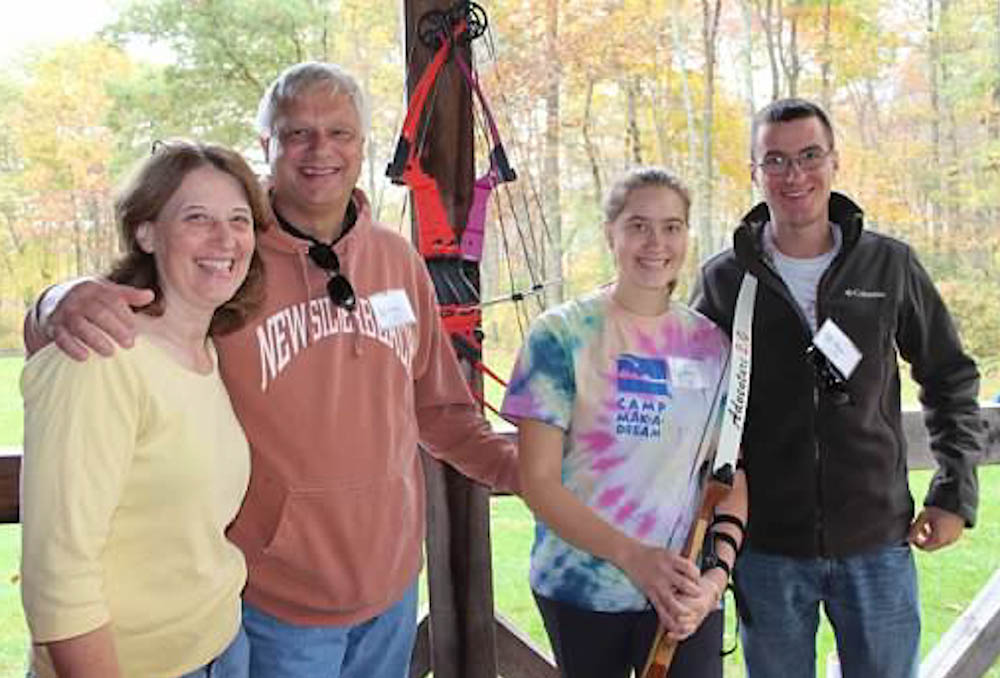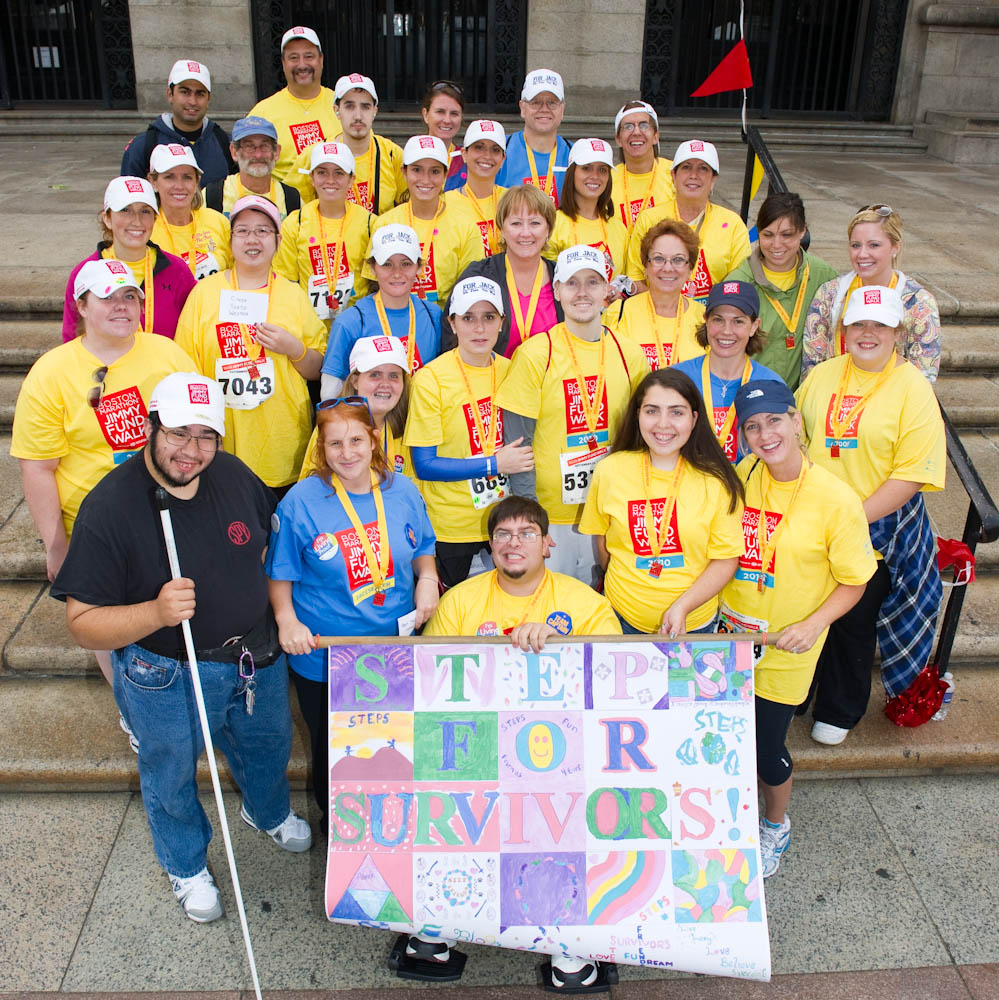Childhood cancer is never easy for a family, and pediatric brain tumors can present a particularly difficult set of medical, cognitive, and physical challenges. Patients may face hearing and vision loss, seizures, learning disabilities, and more. Long after the disease is gone, these issues – and related emotional and social struggles – often remain.

It can all seem overwhelming, but by working hard to create a new sense of normalcy, families can make it through the ups-and-downs of diagnosis, treatment, and survivorship.
“Each family needs to figure out what works for them and is consistent with their own values, beliefs, and wishes,” says Cori Liptak, PhD, a senior psychologist in Pediatric Neuro-Oncology at Dana-Farber/Boston Children’s Cancer and Blood Disorders Center, “Trusting parental instinct, and knowing that you are a valued member of your child’s treatment team, is key to the process.”
Liptak has worked with families in the Pediatric Brain Tumor Center at Dana-Farber/Boston Children’s for nearly 15 years. Here is some advice she considers most important:
Get the (right) facts
When your child is diagnosed, it’s natural to want to learn everything possible about brain tumors. Searching too broadly can lead you to inaccurate – and often scary – information. Use your medical providers as a guide to the best, most precise websites, articles, and books; the Children’s Brain Tumor Foundation, Pediatric Brain Tumor Foundation, and A Kids’ Brain Tumor Cure Foundation sites are great places to start.
Keep communication lines open
With the help of a social worker or psychologist, find the best way to talk to your child and his/her siblings about the diagnosis and treatment plan. Children feel much less anxious and more in control when they have developmentally appropriate information and a sense of what to expect. You want to be the first-line informer, and providing information and being open and available to answer even the most difficult of questions will foster trust. Keep your child’s medical team informed about the questions or concerns that are being raised in family discussions.
Read more:
Find the “new normal”
Children and families find comfort in the activities that were important to them prior to diagnosis. Finding ways to participate, even if it is in a different way, is beneficial. Kids who were on sports teams, for instance, may now have balance or gait issues that impact their ability to play at a competitive level, but maybe they can play in an intramural league or manage the team. Many communities also have a lot of adaptive activities available for children who need accommodations. Try to find those niches of opportunity where you can say to your child, “I know that this is different, but you can still be involved in a way that has value and importance.”
Get back to school
Making sure that kids are able to be successful in school, even during treatment, is important. Kids may need a shortened day, tutoring, and accommodations to support their learning, and social engagement should be as much of a priority – or even greater – than academic engagement. Even if your child can’t sit in math class, it’s important that he goes to lunch and sits with his friends. If he can’t go a full day, make sure the school will still allow him to participate in extracurricular activities. Social support and routine is important for children and parents.

Advocate and educate
Have ongoing discussions with teachers so they understand the challenges of your child’s treatment and subsequent recovery. At Dana-Farber/Boston Children’s, members of our Pediatric Psychosocial Oncology team provide guidance for teachers for children who are on active treatment, and our School Liaison Program works with families whose child is off treatment for a brain tumor. Be proactive around transition times so that when there is a change of grade or school that the staff who has contact with your child fully understands his/her learning and social-emotional needs.
Seek out (other) survivors
The transition off of treatment, while an important milestone, can come with mixed feelings. Having a peer group that has had a shared medical experience can be informative, supportive, and therapeutic. The Dana-Farber/Boston Children’s Patient Activities Program offers support groups for on-treatment and newly off-treatment patients. In the Stop & Shop Family Pediatric Neuro-Oncology Outcomes Clinic, the STEPS program (Success Through Education, Psychosocial Support, and Socialization) gives pediatric brain tumor survivors age 13 and over – along with their parents and caregivers – a chance to connect with others, access resources, and have fun.
Learn more about pediatric brain tumor survivorship in this video with Peter Manley, MD, of Dana-Farber/Boston Children’s:

Any advice on a recurrent supratentorial primitive neuroectodermal tumor in a young child with MTHFR (677TT) and severe anemia? Anemia not treatment related, 10 month and going survival with just two surgeries. Are there no better options than the dismal 20ish% efs that chemo and radiation “give”?
Hi Ashley:
Our clinicians would be able to answer this question and they offer free second opinions. There’s more information at: http://www.danafarberbostonchildrens.org/centers-and-programs/brain-tumor-center/consultations_and_second_opinions.aspx.
Or you can call 617-632-2680. The two specialists most likely to help with PNET are Dr. Susan Chi or Dr. Mimi Bandopadhayay.
I hope that helps.